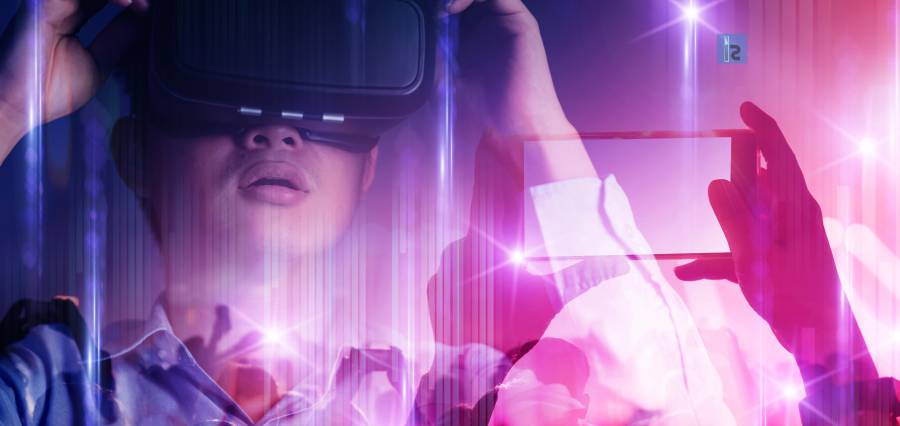Those who understand marketing, know that events are a great way to connect businesses with prospective clients, customers and competitors. Those who do not understand marketing, even they know that events are a great way to know about new products and businesses. The fact that the events industry, which was standing at Rs 5,631 crore in 2016-17, has been growing at a 16% CAGR, and is expected to cross the 10,000 crore mark by 2020-21 speaks volumes about the potential.
An event is often defined as designing or developing a theme-based activity, occasion, or exhibit to promote a product, cause, or organization. This includes sporting events, music festival, fairs, concerts and more. The Event Management industry is taking huge strides and is currently being buoyed up by technology in an amazingly new fashion. If you are a part of any social media network, you must have found yourself invited to a Virtual Event. For those who love to connect but hate to commute or for those who love to connect with people all around the globe without actually travelling, Virtual Events are the answer.
Understanding Virtual events
A virtual event, as the name denotes, lets people interact while sharing a common virtual environment on the web, rather than meeting in a physical location. Virtual events are highly interactive and often look and feel very close to physical interactions. It also includes aspects of an event that are brought to users through an online experience like live-streaming.
Virtual events gained popularity in the late 2000s and were mainly focused on reducing the cost incurred due to travels. It offered an economically viable solution at lesser cost and wider reach. However, the initial events were very crude, to say the least with less interactivity and more like video-conference feel. But with developing technology and changes, the virtual events are now attracting more audience than ever. Virtual events are a great way to raise the brand or company’s online visibility. A well-delivered event raises the bar set by a company in delivering quality service.
Look out for these
AR and VR – Artificial and Virtual reality is set to make these virtual events even more engrossing and immersive. They are set to make the experiences even more realistic.
Chatbots – Chatbots will facilitate the interactions. Virtual events will be more two-way than one-way communication, courtesy the chatbots.
Mobile Apps – Push notifications, tickets, attendance can all be managed through mobile apps designed and developed especially for the Virtual events.
Gamification – Turn your virtual events into a healthy competition among the participants using gamification. Who doesn’t love gaming? And adding it to the virtual event will up its marketing strategy and reach.
Telepresence Robot – If you still feel like you need to attend an event by going at the location and still don’t want to move, look forward to telepresence robots. These robots let you interact in real-time with the attendees in an event. You can talk, meet and greet the people without actually being there.
Virtual Events being cost-effective and providing wider reach are here to stay and grow their presence. The fact that you need no dress code to attend an event and can join in anytime, attracts an audience from even far-off corners of the world. There may be distractions like background noise, or intermittent internet shortcomings or even the chance of low turnout. But the industry is overall in a positive mode and is looking forward to a great year ahead. Technology and collective human efforts are sure to turn the negatives into positives.


